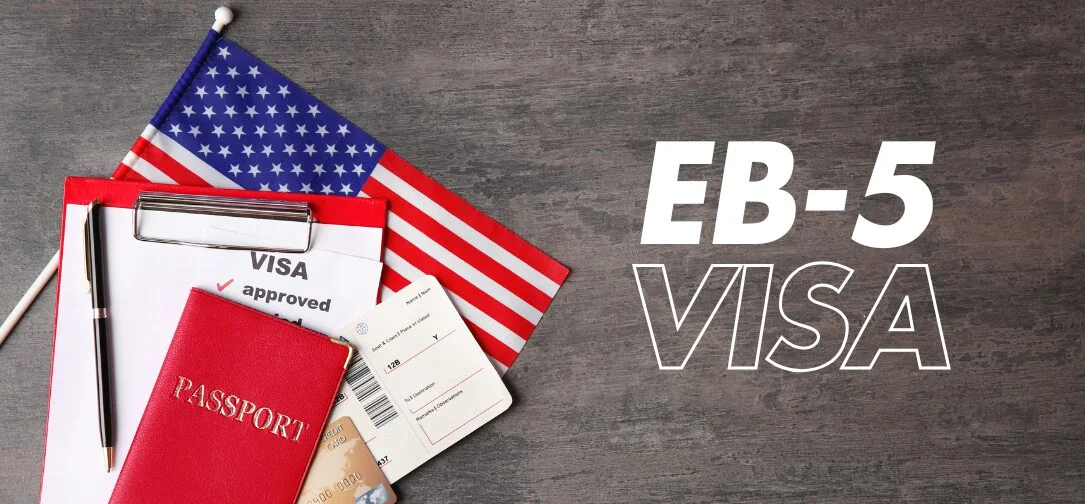Immigrating to the United States has long been a dream for investors, entrepreneurs, and families seeking better opportunities. While various visa programs are available, one of the most effective and straightforward routes to permanent residency is through the EB5 visa program. This investor-based immigration strategy offers a clear path for foreign nationals to obtain a green card by contributing to the U.S. economy. Whether you’re launching a startup, investing in real estate, or exploring niche ventures like a website selling items from the Roblox game Grow a Garden, understanding the EB5 process is critical.
What Is the EB5 Visa and Why Is It Important?
The EB5 Immigrant Investor Program was established in 1990 by the U.S. Congress with the goal of attracting foreign investment and boosting the domestic job market. Unlike other visa programs that require sponsorship or employment, the EB5 visa grants qualifying investors and their families a direct path to lawful permanent residency based on the capital they inject into the U.S. economy.
To get an in-depth view of the EB5投资移民要求, including the latest financial thresholds and application conditions.
Primary Requirements to Qualify for the EB5 Program
1. Minimum Investment Amount
As of the latest USCIS updates, investors must contribute a minimum of $1.05 million into a new commercial enterprise. However, if the investment is made in a Targeted Employment Area (TEA) — typically a rural region or an area with high unemployment — the required capital lowers to $800,000.
2. Job Creation Mandate
Your investment must result in the creation of at least 10 full-time jobs for U.S. citizens or lawful permanent residents. These jobs must be sustained for a minimum of two years and can be either directly created by the new business or indirectly supported through regional center projects.
3. Lawfully Sourced Funds
USCIS requires thorough documentation proving that the investment capital comes from legal and traceable sources. Common documentation includes tax returns, business income records, sale of property evidence, and loan agreements (secured by the applicant’s personal assets).
Investment Opportunities That Align with EB5
Many investors traditionally choose sectors such as real estate, healthcare, or hospitality for their EB5 investment. However, with the rise of digital commerce, investors now have broader opportunities.
Choosing innovative and scalable business models not only sets your project apart but also positions it for long-term success.
The EB5 Process: Step-by-Step Guide
Step 1: Select a Business Model or Regional Center
Decide whether you want to manage your own startup or invest in a USCIS-approved regional center, which typically handles larger projects and relieves you from day-to-day operations.
Step 2: File Form I-526
Submit your EB5 petition along with documents proving your investment, business plan, and source of funds. This form is a critical component of your initial application.
Step 3: Receive a Conditional Green Card
Upon approval of I-526, you and your family receive a two-year conditional permanent resident status, allowing you to live and work in the United States.
Step 4: File Form I-829
Near the end of the two-year period, you must file Form I-829 to remove conditions on your green card. You must prove that your investment was maintained and that the required jobs were created.
Why Regional Centers Are Popular
Many investors opt to work with EB5 regional centers because they:
- Allow for indirect job creation, which is easier to document
- Require less personal involvement in daily business activities
- Offer access to professionally managed, large-scale projects
Still, whether you go through a regional center or invest directly, due diligence and risk evaluation are crucial.
The Rise of Digital EB5 Ventures
The emergence of e-commerce, digital gaming platforms, and SaaS models has broadened the scope of what qualifies as a legitimate EB5 enterprise.
This approach reflects a modern interpretation of EB5 investment, appealing to tech-savvy investors who understand the potential of online revenue models.
Frequently Asked Questions (FAQs)
Can a tech startup qualify for the EB5 program?
Yes, as long as it is a new commercial enterprise that meets the investment and job creation requirements.
Do I need to live near my EB5 investment?
No. You can live anywhere in the U.S., regardless of your business’s location.
What is a Targeted Employment Area (TEA)?
A TEA is a rural area or one with high unemployment. Investments in TEAs require a lower capital threshold of $800,000.
Can my children attend U.S. schools with EB5 status?
Yes. Your spouse and unmarried children under 21 can live, work, and study in the U.S. once the EB5 visa is granted.
Is there any risk involved in EB5 investment?
Yes. The capital must be at risk for the purpose of generating return, meaning there is no guarantee of refund or visa approval.
Final Thoughts
The EB5 program remains one of the most powerful and flexible immigration options for investors who wish to build a life in the United States. From traditional enterprises to modern digital businesses like platforms that sell in-game items from Roblox’s Grow a Garden, the spectrum of eligible businesses is more diverse than ever before.
However, success with EB5 investment immigration requires more than just capital. It demands careful planning, legal compliance, documentation, and business foresight. Whether you’re building a digital storefront, a real estate portfolio, or a service-based company, aligning your project with USCIS expectations is key to securing your green card and building a future in the U.S.

